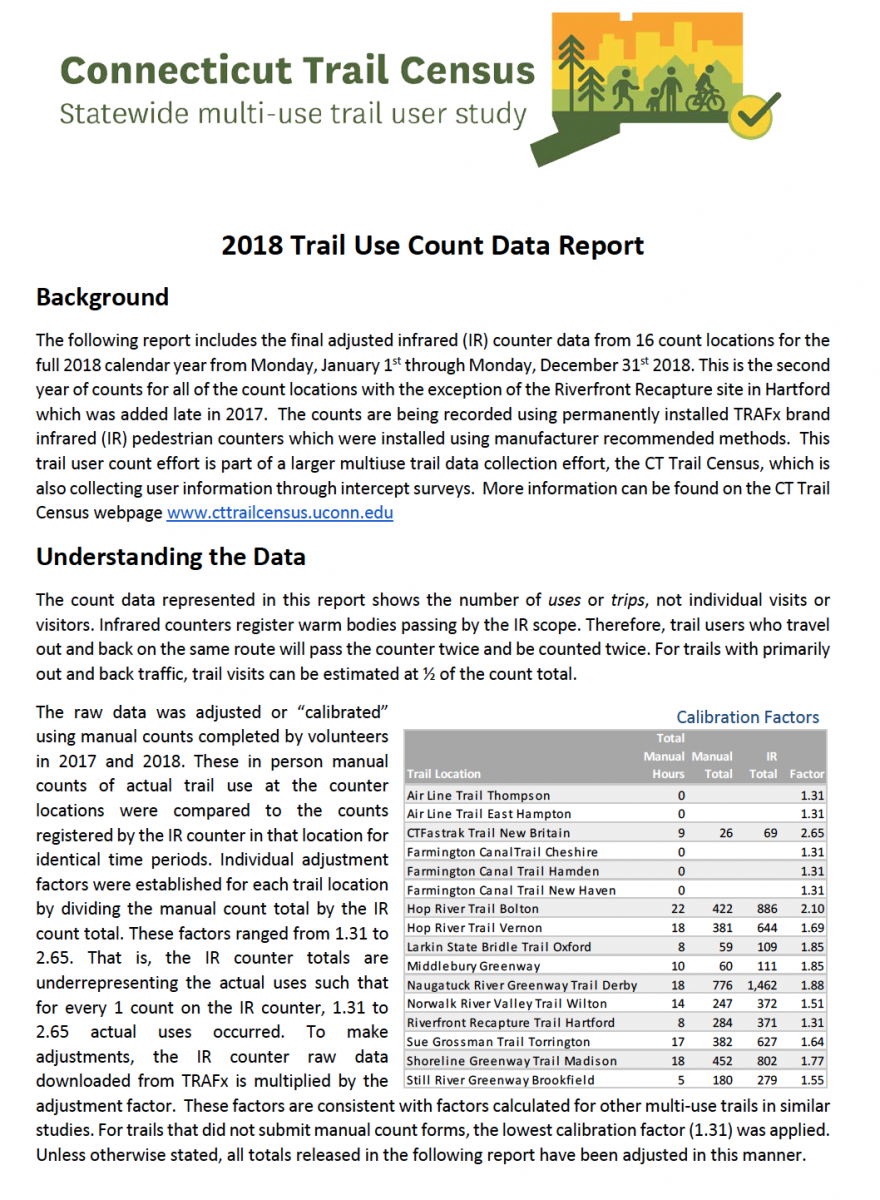Every month updates are made to Anti-racism in the Outdoors an annotated bibliography including organizations, presentations articles books and resources related to anti-racism in the outdoors. Look for the highlighted “Newly added” resources each month.
This month’s highlights include several resources relate to ways in which discriminatory redlining policies instituted in the 1930’s across the country have contributed to ongoing disparities in community investment, greenspace access and tree cover, and climate change resilience. Even today, these neighborhoods suffer from great swaths of impervious surfaces that leave residents at higher risk for flooding and heat exposure. “In cities like Baltimore, Dallas, Denver, Miami, Portland and New York, neighborhoods that are poorer and have more residents of color can be 5 to 20 degrees Fahrenheit hotter in summer than wealthier, whiter parts of the same city.” (Plumber et al, 2020).
Redlining was a practice that designated neighborhoods by “grades” largely based on their perception of people who lived there whereby “A” areas were largely inhabited by white, wealthy people and “D” areas by lower-class white, black and immigrants. “Many of the beliefs that government assessors applied when creating the maps were entirely subjective, explicitly racist, and created or codified adverse conditions that still affect cities today ” (The lines that shape our cities, n.d.). These maps were then used by lenders to determine where financial investments should be made. The result of disinvestment in these areas is in many cases still apparent in cities across the country. Several of the resources highlighted this month provide interactive story-maps that guide the reader through historical background and current impacts of redlining in Richmond, Virginia, Montgomery Alabama, St Lois Missouri, and Fort Wayne, Indiana, and Richmond, Virginia. Read more in The lines that shape our cities. (n.d.). ArcGIS StoryMaps. Retrieved January 26, 2021, from https://storymaps.arcgis.com/stories/0f58d49c566b486482b3e64e9e5f7ac9 and Plumer, B., Popovich, N., & Palmer, B. (2020, August 24). How Decades of Racist Housing Policy Left Neighborhoods Sweltering. The New York Times. https://www.nytimes.com/interactive/2020/08/24/climate/racism-redlining-cities-global-warming.html


